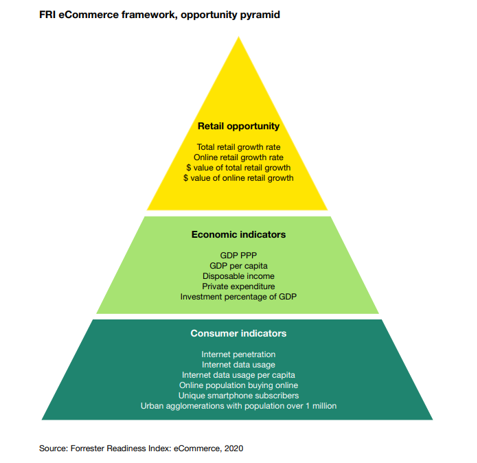
Dive Brief:
-
Between 2015 and 2019, $3.3 billion was invested in consumer packaged goods with a direct-to-consumer component, accounting for nearly 60% of all money invested during that period, according to a Digital Shelf Institute report emailed to Retail Dive.
-
Investors infused 45% of their CPG capital between 2015 and 2019 into DTC brands specializing in prepared foods, beverages, household goods and personal care. Prepared food and beverage DTC brands received 24.8% and 12.5% of investments, respectively, per the report.
-
Seventy percent of CPG brands receiving VC funding have a DTC component, according to the report.
Dive Insight:
Investors have been placing resources behind DTC brands even as some brands have experienced recent fallout. In February, Schick-owner Edgewell ended its merger agreement with direct-to-consumer shaving brand Harry’s following scrutiny from the Federal Trade Commission. Brandless also shut down last month apparently due to lack of profitability, competition from retailers and leadership issues.
These specific cases may reveal to investors the shortcomings of online pureplays. A diversified marketing mix and the cost of customer acquisition are among the factors investors look for before contributing funding. As customer acquisition costs get prohibitively high, some DTC brands look to brick and mortar, with companies, such as Warby Parker and Bonobos, opening shops across the country in cities like Chicago, San Francisco and Austin.
Other direct-to-consumer brands have chosen to test the waters of brick and mortar first through partnerships. Stella & Dot teamed up with Nordstrom last November to introduce a capsule collection, along with its sister brand Keep Collective. That same month, Simon Property Group collaborated with Guesst and opened a space for independent and direct-to-consumer brands to showcase products to consumers.

